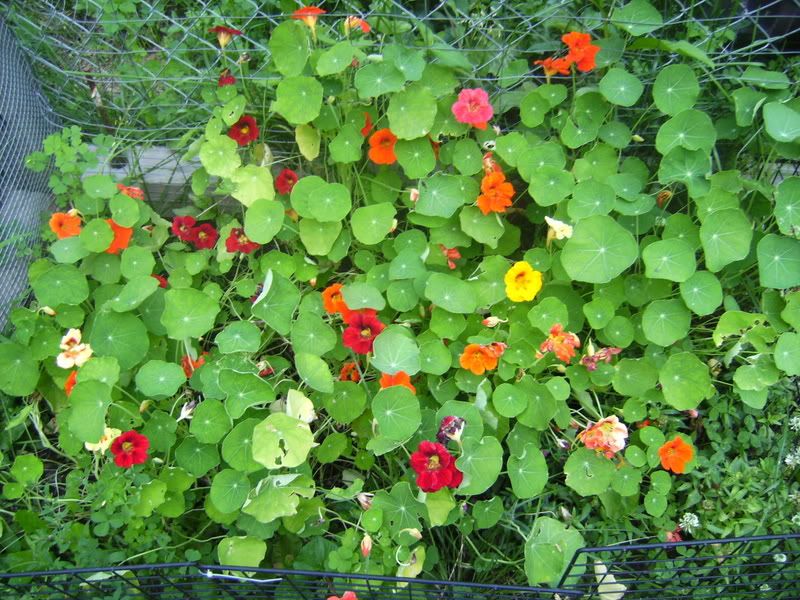Comet007
Well-known member
I am not looking to replace the pellets we feed, but to supplement their hay - something we can do fresh and dried/stored for winter would be awesome. We have one side of our lawn where most of our fruit trees are located, it's a strip maybe 30' wide (or so) and maybe 110' long. Right now it is lawn & dandelions and DH just rides the mower in circles under it. We are planning to rototill the top couple inches into the lawn, then put plastic down to solarize the area and kill the grass so that we can broadcast seed this Fall. Obviously we need to be careful of the fruit trees in this process, I think we will use permeable weed barrier... not sure yet.
Anyway, I was going to just plant some low growing naturalized plants or a low ground cover. Then I started thinking - maybe we should plant something that is safe to mix with the buns hay rations, preferably something that provides good nutrition and is safe even for weaning kits. We also want something that is semi-attractive (it is part of our main water view scenery!) and somewhat low growing. I'm ok with a mix of things. We will be growing plantain, comfrey, a variety of herbs, etc in other areas of the property, including sunflower seeds - so the buns will get some of those too.
Any ideas? Even a nice mix of a variety of things would be doable! Thanks in advance!
Anyway, I was going to just plant some low growing naturalized plants or a low ground cover. Then I started thinking - maybe we should plant something that is safe to mix with the buns hay rations, preferably something that provides good nutrition and is safe even for weaning kits. We also want something that is semi-attractive (it is part of our main water view scenery!) and somewhat low growing. I'm ok with a mix of things. We will be growing plantain, comfrey, a variety of herbs, etc in other areas of the property, including sunflower seeds - so the buns will get some of those too.
Any ideas? Even a nice mix of a variety of things would be doable! Thanks in advance!




